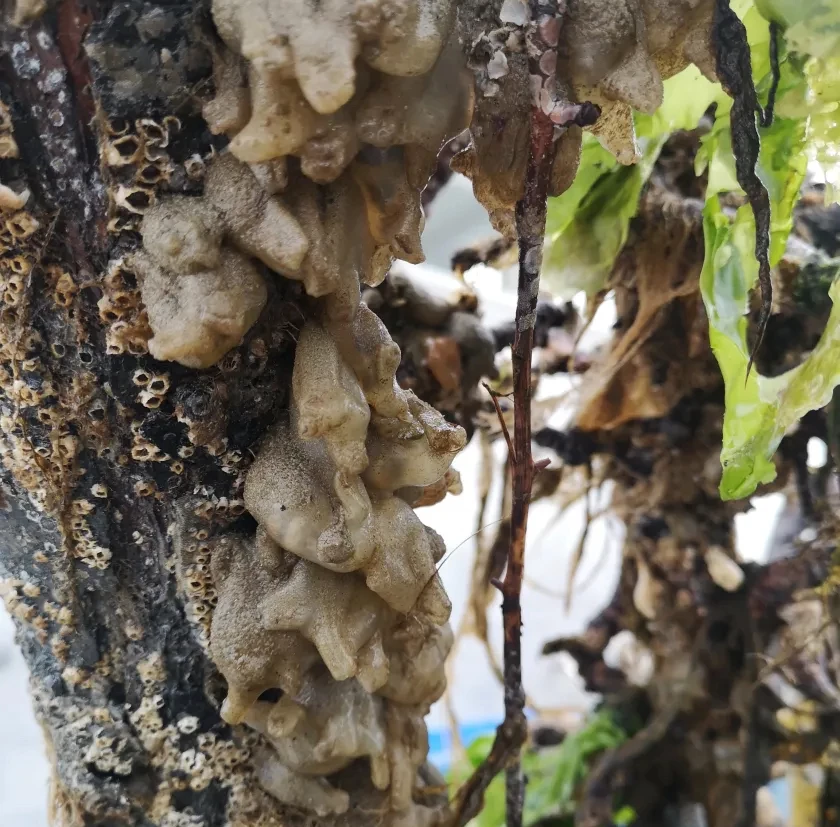Although artificial reefs certainly do help restore damaged marine ecosystems, they're usually made of heavy manmade materials that must be formed into shape. Now, however, scientists are reporting success using readily-available dead pear trees.
Artificial reefs are typically used to attract marine life to areas where the seabed is relatively open and featureless.
It may be this way naturally or as a result of human activities such as trawling, in which weighted fishing nets are dragged along the bottom. Additionally, at sites where natural coral reefs have died off due to coral bleaching, artificial reefs are sometimes installed to help replace the lost habitat, and to kickstart the regrowth of coral.
While things like cleaned-up decommissioned ships are sometimes placed on the seafloor to act as artificial reefs, more often such reefs are made of heavy molded concrete blocks that must be manufactured, transported out to the site, then lowered into place.
Seeking a quicker, cheaper and easier alternative, a team of Dutch scientists looked to old pear trees that had been cut down because they were no longer producing much fruit. A total of 192 of these trees were formed into 32 pyramid-shaped structures that were affixed to concrete feet, then sunk to the seabed at four different locations in the Wadden Sea.

The tree-reef structures were briefly hauled back to the surface after five months, so the scientists could see what sort of organisms had colonized them. When the structures were placed back in the sea, three fish traps were placed around each one. Those traps, along with others placed at non-tree-reef control sites, were pulled up and checked after 24 hours.
The tree-reefs themselves were found to be covered in 15 species of sessile organisms, such as barnacles, hydroid polyps, sea lettuce and sea stars (starfish). The traps located around the structures, meanwhile, contained six species of fish and four species of crustacean.
By contrast, the control traps caught only two species of fish and five crustacean species. What's more, dominant fish species such as the five-bearded rockling were five times more abundant at the tree-reef sites. All of the organisms were released back into the sea after being counted.

While the results of the study are promising, more research still needs to be conducted.
"Since we have done our experiment only in one sea, we don’t yet know how tree-reefs would perform off the coast of other continents," said lead scientist Jon Dickson, who is a PhD candidate at the Royal Netherlands Institute for Sea Research. "Also, how long will they function as reefs as they biodegrade? What species will live in, on, and around them in the longer term? These are questions we need to answer."
A paper on the study was recently published in the journal Frontiers in Marine Science.
Source: Frontiers Science News






